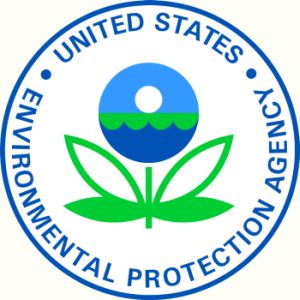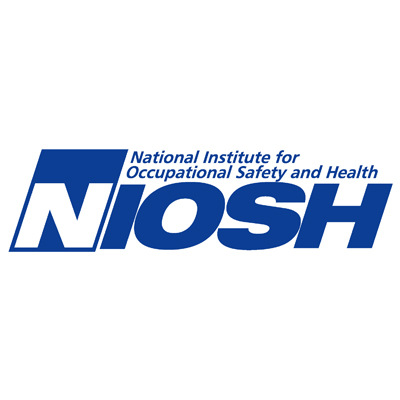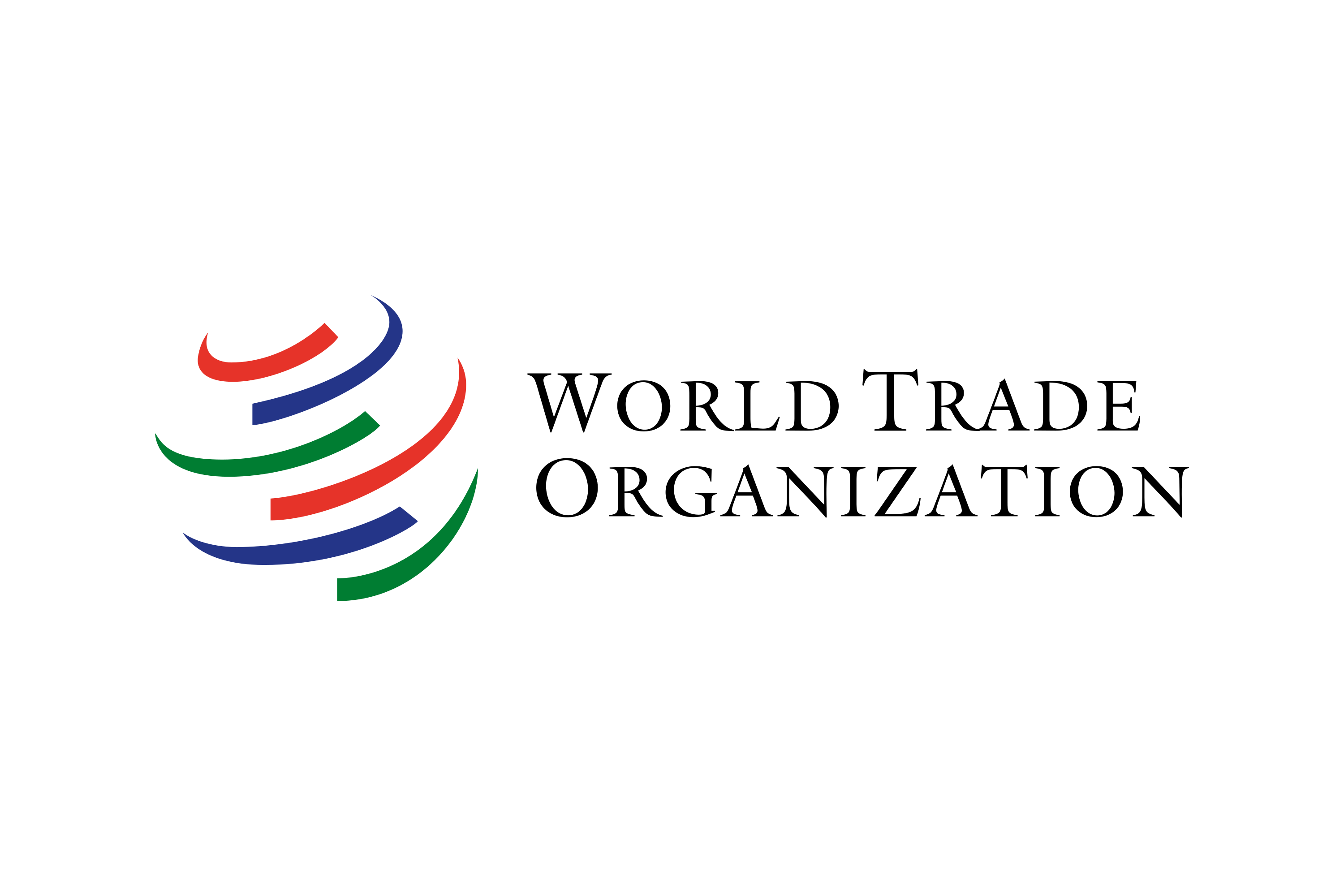Based on Your Reading:
Get Your Free Mesothelioma Guide

Find a Top Mesothelioma Doctor

Access Help Paying for Treatment

A number of organizations protect people from asbestos in the U.S. and internationally such as the Occupational Safety & Health Administration, U.S. Environmental Protection Agency and the European Union.
Written by Michelle Whitmer • Edited By Walter Pacheco • Scientifically Reviewed By Arti Shukla, Ph.D.
The Mesothelioma Center at Asbestos.com has provided patients and their loved ones the most updated and reliable information on mesothelioma and asbestos exposure since 2006.
Our team of Patient Advocates includes a medical doctor, a registered nurse, health services administrators, veterans, VA-accredited Claims Agents, an oncology patient navigator and hospice care expert. Their combined expertise means we help any mesothelioma patient or loved one through every step of their cancer journey.
More than 30 contributors, including mesothelioma doctors, survivors, health care professionals and other experts, have peer-reviewed our website and written unique research-driven articles to ensure you get the highest-quality medical and health information.
My family has only the highest compliment for the assistance and support that we received from The Mesothelioma Center. This is a staff of compassionate and knowledgeable individuals who respect what your family is experiencing and who go the extra mile to make an unfortunate diagnosis less stressful. Information and assistance were provided by The Mesothelioma Center at no cost to our family.LashawnMesothelioma patient’s daughter


Whitmer, M. (2024, March 25). Regulatory Organizations. Asbestos.com. Retrieved April 19, 2024, from https://www.asbestos.com/asbestos/regulatory-organizations/
Whitmer, Michelle. "Regulatory Organizations." Asbestos.com, 25 Mar 2024, https://www.asbestos.com/asbestos/regulatory-organizations/.
Whitmer, Michelle. "Regulatory Organizations." Asbestos.com. Last modified March 25, 2024. https://www.asbestos.com/asbestos/regulatory-organizations/.
The mission to protect workers from asbestos exposure on the job falls on several federal and worldwide organizations.
The major organizations with regulatory power over asbestos include the Occupational Safety and Health Administration, U.S. Environmental Protection Agency and the European Union.
These entities also rely on other organizations to develop asbestos regulations that are rooted in science and medicine.
For example, the National Institute for Occupational Safety and Health conducts research used by regulatory agencies in the U.S. to make asbestos regulations. The World Health Organization supported a European Union ban on asbestos and makes recommendations to promote a global asbestos ban.
Other international organizations, such as the International Ban Asbestos Secretariat, play a leading role in the worldwide effort to ban all types of asbestos.
Asbestos exposure is the No. 1 cause of workplace deaths worldwide and a leading cause of workplace injury and illness. Asbestos regulatory organizations are essential to preserving safety in the workplace.
Asbestos fibers become airborne during construction, repair work, demolition or maintenance that involves asbestos-containing products. Breathing in these microscopic fibers over time can cause a variety of illnesses such as mesothelioma and lung cancer.
The asbestos regulatory organizations in the U.S. include the Occupational Safety and Health Administration, National Institute for Occupational Safety and Health, U.S. Environmental Protection Agency, Consumer Product and Safety Commission and the U.S. Food and Drug Administration.

When the U.S. Congress passed the Occupational Safety and Health Act of 1970, it created the Occupational Safety and Health Administration, also known as OSHA, to protect workers on the job. OSHA is the federal agency responsible for setting and enforcing asbestos regulations in the workplace.
Asbestos is one of the many threats that OSHA has tackled — a controversial, decades-long battle it continues to wage. The third-most frequently cited OSHA standard violation is respiratory protection, which involves harmful dusts, gases and vapors, and more specifically, microscopic asbestos fibers.
OSHA imposes fines to enforce its goal of protecting Americans against asbestos exposure. For example, in July 2021, it cited three employers at a Missouri residential care facility for failing to protect workers and residents during a flooring replacement project involving asbestos. The employers face penalties ranging from $38,228 to $105,127.
The administration has issued much bigger fines for asbestos violations. OSHA levied fines of $1.24 million in 2011 against AMD Industries Inc., after five unprotected and untrained workers in Illinois removed asbestos on a job site.
OSHA has a Maritime Advisory Committee that handles asbestos in ships and shipbuilding, an industry that once relied heavily on asbestos.
Its heat resistance, low cost, pliability and versatility made asbestos a perfect fireproofing material for ships. These benefits blinded employers, municipalities, regulators and lawmakers for decades to evidence of how dangerous asbestos could be.
In the Navy, for example, asbestos was sprayed on many surfaces for insulation and fireproofing. That is why Navy veterans have a high incidence of mesothelioma. An estimated 26% of mesothelioma lawsuits in the U.S. are filed by veterans.
In August 2016, OSHA issued penalties of $1.4 million against Fraser Shipyards in Wisconsin for exposing workers to asbestos and failing to provide training on asbestos hazards.
OSHA has specific permissible asbestos exposure limits and requires an exposure monitoring program for particular classifications within the construction and shipyard industries. It requires certain employers to provide training and protective clothing to safeguard workers against asbestos exposure on the job. It also requires extensive record-keeping and medical monitoring.
Get Your Free Mesothelioma Guide

Find a Top Mesothelioma Doctor

Access Help Paying for Treatment


Formed in 1970 by an act of Congress, the U.S. Environmental Protection Agency, also known as the EPA, is charged with writing and enforcing regulations that protect human health and the environment.
The enforcement arm of the EPA has the responsibility of maintaining and policing a variety of environmental laws, including those regarding asbestos exposure.
It can delegate some monitoring, permitting and enforcement responsibilities to the states and Native American tribes. It can sanction, fine or take other measures against violators.
The agency attempted to enact a full asbestos ban in 1989, but asbestos manufacturers sued in the infamous case Corrosion Proof Fittings v. Environmental Protection Agency.
The ban was overturned by the U.S. Court of Appeals for the Fifth Circuit in 1991. Only five asbestos products and new uses of asbestos remained banned after the ruling.
In April 2019, the agency issued a final rule on asbestos regulations. The rule allows the agency to review products containing asbestos before they can be sold again in the U.S.
It applies to new asbestos products and former asbestos products that are no longer on the market. It does not amend the 1989 partial ban, which means the six types of banned asbestos products will remain banned.
The rule prevents the following products from entering the market without a review from the agency for regulations and protections, including prohibition.
The final rule originated with a Significant New Use Rule for asbestos that the agency announced June 1, 2018.
This action traced back to the Frank R. Lautenberg Chemical Safety for the 21st Century Act, which amended the Toxic Substances Control Act to require risk evaluations for asbestos and nine other top chemicals that needed priority attention.
On April 5, 2022, the EPA proposed a rule to prohibit ongoing uses of the only known form of asbestos currently imported into the U.S. This was the first-ever risk management rule issued under the new process for evaluating and addressing the safety of existing chemicals under the Toxic Substances Control Act (TSCA) that was enacted in 2016.

The National Institute for Occupational Safety and Health, also known as NIOSH, was established in 1970 to help assure the well-being of American workers. It provides the research, information, education and training that make it possible.
NIOSH does not have enforcement power, but it helps set standards for asbestos regulations that are enforced by state and federal agencies.
The institute is part of the Centers for Disease Control and Prevention within the Department of Health and Human Services. Its mission is to generate knowledge and ideas through scientific research. It conducts studies, produces publications, disseminates information, makes recommendations and does workplace health evaluations to benefit American workers.
Asbestos is one of several dangers NIOSH researches and helps set standards for.
The agency offers many asbestos resources on its website, such as teaching auto mechanics how to avoid asbestos exposure when working on brake drums, as well as information on different types of respirators available for those in the shipbuilding industry.
In March 2020, NIOSH officials said take-home asbestos exposure remains a concern in the workplace. Certain jobs, such as construction repair and demolition, present a higher risk of this kind of exposure, which is also known as secondary asbestos exposure.
The institute issued an asbestos “Roadmap Document” in 2011. It has served as a recommended framework for a national asbestos research strategy to address scientific uncertainties about occupational exposure.
Priorities of the research roadmap include developing improved analytical methods and sampling of asbestos fibers, as well as gaining a broader understanding of how asbestos fibers lead to cancer and disease.

The Consumer Product Safety Commission was established with the Consumer Product Safety Act of 1972. The commission is tasked with protecting the public from unreasonable risks of injury or death connected with the use of consumer products.
In 1977, the commission banned asbestos in artificial fireplace embers and wall patching compounds.
At the time, the commission stated approximately half of all wall patching compounds on the U.S. market contained asbestos. It also estimated that 100,000 gas logs treated by consumers with asbestos embers were in existence.
It warned consumers against buying these products and provided guidance on how to safely dispose of these materials at designated landfill sites that accept asbestos waste.

The U.S. Food and Drug Administration was established in 1906 with the passage of the Pure Food and Drugs Act. The administration has regulatory power over food, drugs, biologics, medical devices, radiation devices, cosmetics, tobacco and veterinary products.
The Medical Device Amendments of 1976 gave the administration the authority to ban the use of asbestos filters in pharmaceutical manufacturing, processing and packaging.
Asbestos-containing filters were once widely used by the food and pharmaceutical industries. Asbestos filters were used to produce beer, cider, wine, fruit juices and pharmaceutical products.
Several major organizations have had an impact on asbestos bans throughout the world, including the European Union, International Ban Asbestos Secretariat, the World Health Organization and the World Trade Organization.

Formed in 1993, the European Union united 27 European nations politically and economically with a goal of ending conflicts in the region. It has regulatory and enforcement power among its member states.
In 1999, members of the union voted to ban all types of asbestos by 2005. Some members of the union had already banned asbestos, and certain nations had only banned amphibole asbestos products.
Support for a full ban was made possible when France became the ninth nation in the union to fully ban asbestos, which gave the pro-ban lobby a majority voice in the asbestos debate.
Founded in 1999, the International Ban Asbestos Secretariat, also known as IBAS, was created by anti-asbestos advocate Laurie Kazan-Allen along with several occupational health specialists and other advocates around the world.
The organization has no regulatory power, but it has co-sponsored and supported national and international conferences aimed at achieving a global asbestos ban. It counters the asbestos industry’s attempt to control information involving asbestos and provides a platform for victims to speak out.
For example, in September 2021, the secretariat partnered with civil society groups in Asia to conduct a virtual version of the 2021 Conference of the Asian Ban Asbestos Network.
The secretariat called for an international ban on all types of asbestos in 1999 and 2010. In February 2022, Kazan-Allen said there is hope for an asbestos ban in America because of decreasing asbestos imports, a health and environmental justice agreement and ongoing public discussion.
Kazan-Allen reported asbestos imports into the U.S. dropped to an all-time low in 2021. The U.S. Environmental Protection Agency and the World Health Organization endorsed a five-year memorandum of understanding, which promises to initiate new actions to protect human health and the environment. The agency is also reviewing ways to protect Americans from chrysotile asbestos while considering public opinions on the matter.

The World Health Organization, also known as WHO, was founded in 1948 and based in Geneva, Switzerland. WHO officials estimate that 125 million people are exposed to asbestos in the workplace annually.
As the coordinating authority on public health matters within the United Nations, WHO is a leader in the fight for a worldwide ban on asbestos.
Much of WHO’s constitutional responsibility is providing leadership on global health matters, setting standards and assessing health trends. It helps shape health research and evidence-based policy options through its quasi-legislative powers and by partnering with organizations that have legislative powers.
WHO warns countries to stop using asbestos or face a future cancer epidemic. Despite WHO’s efforts, many developing areas in Southeast Asia, Africa and India continue to use cost-effective asbestos building materials.
WHO worked with the International Labour Organization in 2007 and produced an official Outline for the Development of National Programmes for Elimination of Asbestos-Related Diseases. It agreed to work with other intergovernmental organizations with a goal of eliminating asbestos-related diseases.
The outline recognizes the best way to eliminate these diseases is to stop using all types of asbestos. It also differentiated between the different types of asbestos, paying close attention to the more commonly used forms.

Established in 1995, the World Trade Organization, also known as the WTO, grew out of the 1948 General Agreement on Tariffs and Trade. It is an intergovernmental organization that regulates and promotes trade among nations.
In 2002, WHO and the WTO performed a joint study known as WTO Agreements and Public Health, which helped illustrate the link between world trade and world health. Asbestos was a prominent topic in the study.
In September 2000, the WTO Dispute Panel ruled in favor of a ban across Europe and rejected the Canadian argument that “controlled use” of asbestos should be permitted.
Some countries, such as Russia, continue to lobby globally in support of asbestos. The fight for a worldwide asbestos ban continues in the face of such opposition. Thankfully, a trend of banning asbestos instead of controlled use has taken hold in most industrialized nations.
Your web browser is no longer supported by Microsoft. Update your browser for more security, speed and compatibility.
If you are looking for mesothelioma support, please contact our Patient Advocates at (855) 404-4592
